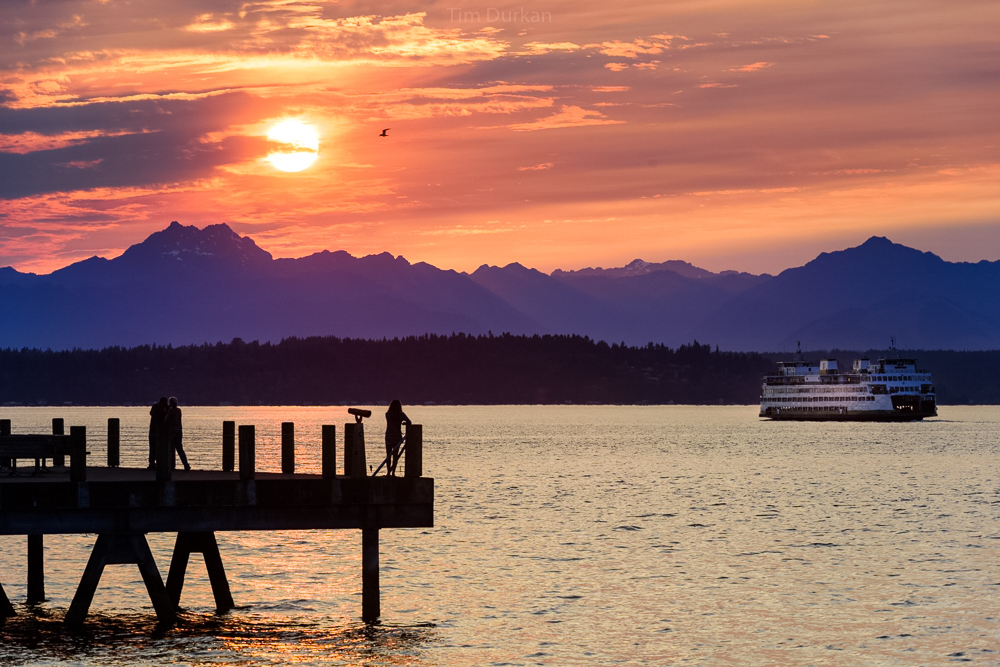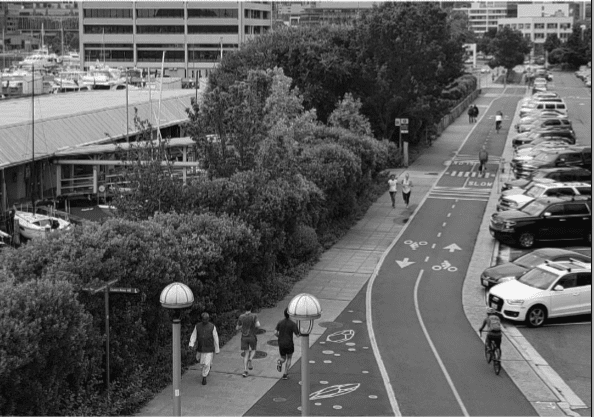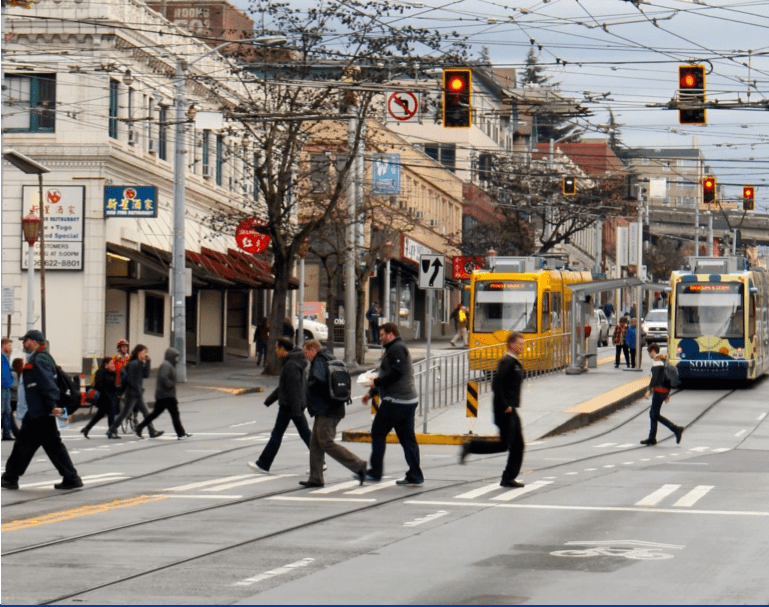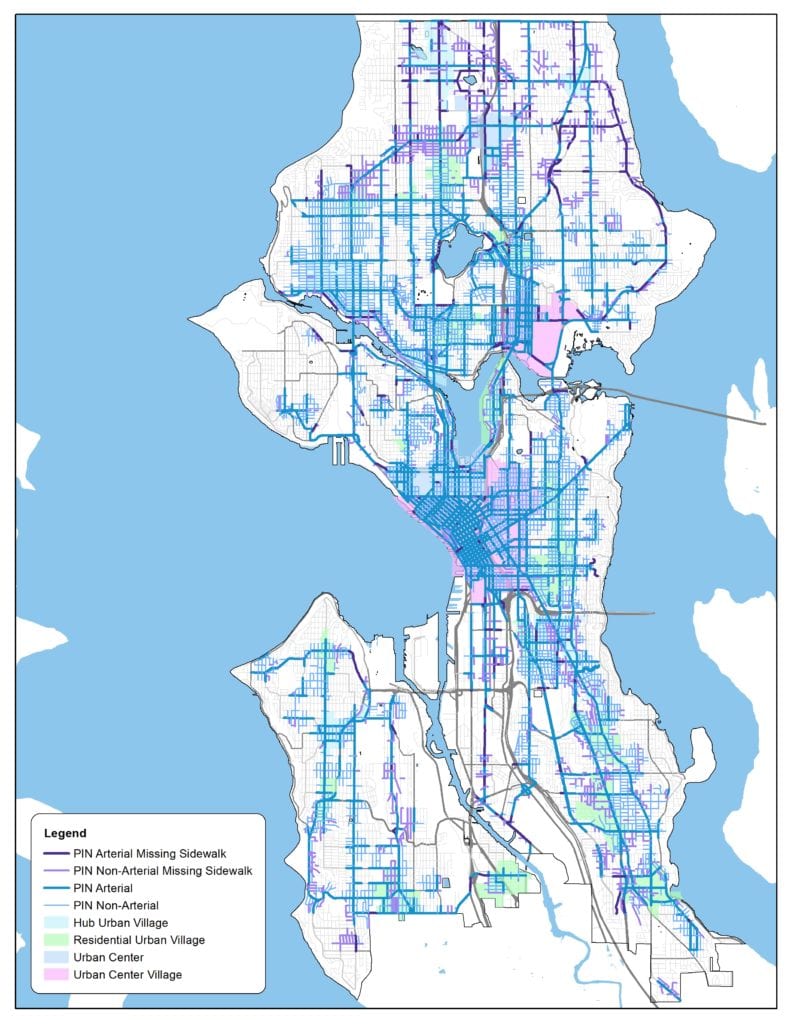
This week, Mayor Jenny Durkan announced four steps to make our streets safer and achieve our Vision Zero goal of ending traffic deaths and serious injuries on city streets by 2030. We’re stepping up our efforts to make street crossing safer.
We also launched the effort to reduce speed limits to 25 mph city-wide. because we know slower speeds save lives!
As more people continue to choose to walk, we’re committed to achieving our vision of becoming the most walk-able and accessible city in the nation. This vision was established in Seattle’s 2017 Pedestrian Master Plan and guides efforts to improve the city’s pedestrian environment.
To advance the vision, we just released the draft 2020-2024 PMP Implementation Plan. The plan lays the framework for pedestrian projects and pedestrian-related initiatives we’ll implement.
The plan not only establishes our 5-year project list for new sidewalks and crossing improvements, but it also reports on how far we’ve come in developing our pedestrian network and making Seattle safer, more comfortable, and more accessible for all types of pedestrians.
The 2020-2024 project list includes 163 blocks of new sidewalks and cost-effective walkways and 147 intersections that we’ll evaluate for new crossing improvements. These efforts build on the 50-56 new blocks of sidewalks and walkways being installed in 2019 and the 85 blocks we completed over the past 3 years!
In addition to new infrastructure, the plan also directs us to advance policies and initiatives that benefit people who walk in Seattle. For example, we have recently adopted a new policy to encourage leading pedestrian intervals at traffic signals and have reduced speed limits within urban villages and key corridors, which we will continue in the coming years.
The 5-year project list is prioritized based on the availability of funding and the Priority Investment Network (PIN) established in the plan. The network sets connections to frequent transit and public schools as the basis for our investments in pedestrian facilities. Projects are also scored based on safety, health, equity, and “age-friendly” factors, as well as their proximity to Seattle’s urban villages. We use this scoring to inform our final selection of new sidewalks and crossing improvements.
As part of the plan, we also track a series of metrics to see how our pedestrian system is performing. Seattle has so far seen an uptick in pedestrian crashes in 2019, which reinforces our need to build safety-focused sidewalks and crossings. These projects are critical for Seattle to achieve its Vision Zero goal.


